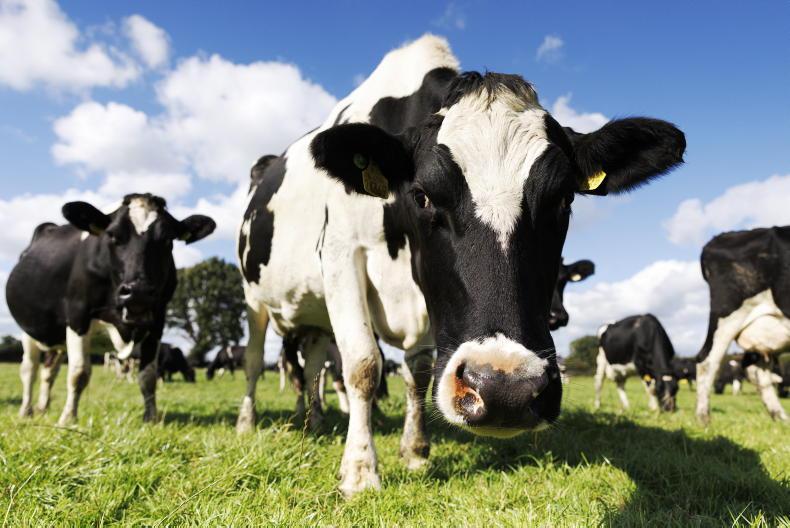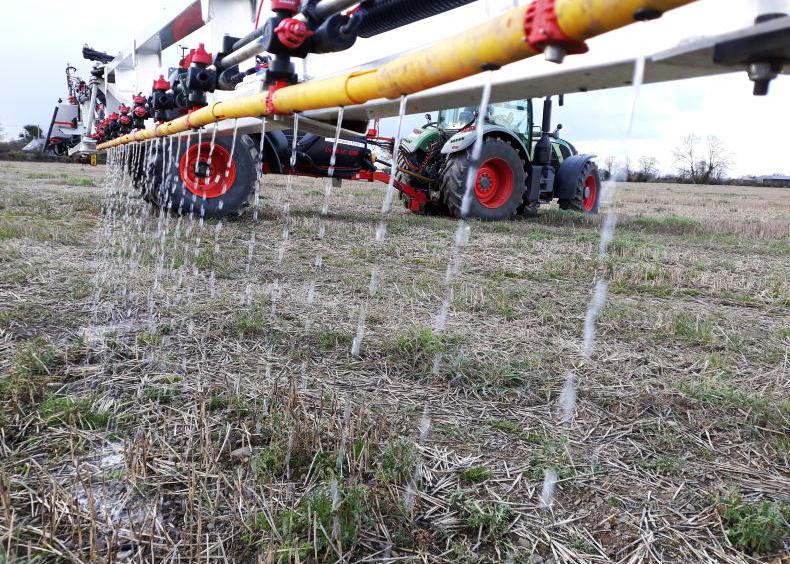Ireland’s conservation status reports required by the European Commission under the Habitats Directive will form the baseline from which any progress towards EU Nature Restoration Law target is measured on designated land.
The Department of Housing confirmed that these reports – required under article 17 of the Habitats Directive – will set the standard for Nature Restoration Law progress, in response to query from the Irish Farmers Journal.
Three previous reports under article 17 were submitted to the Commission under this reporting obligation, the latest of which was in 2019 and a fresh report is due later this year.
The 2019 assessment reported that 15% of habitats covered were in bad condition, 46% were in inadequate condition and 15% were in favourable condition.
It found that 53% of habitats were improving, 46% were declining and 2% had stable trends in condition.
“For habitats and species listed in the Habitats Directive, national conservation status reporting (under Article 17 of the Habitats Directive) will provide the baseline targets for these habitats and species,” a spokesperson from the Department of Housing said.
“Work has commenced on determining the relevant scientific evidence base to establish a baseline from which progress can be measured, identifying and developing measures and actions for inclusion in the plan, developing schemes and programmes to enhance the delivery, and outlining timescales, monitoring requirements and financing needs.”
Timeframe
Last month saw thew first meeting of the Leaders’ Forum on Nature Restoration – the stakeholder group tasked with helping to inform the National restoration Plan.
The forum heard that work could not get underway on drafting the law itself until baselines were established and that there was just the “guts of a year” to draw up the plan, which must be sent to Brussels by September 2026.
The tight timeframe is due to the time it will take to hold public consultations, complete impact assessments and get Cabinet signoff.
“The Government is clear that all restoration measures will be voluntary,” the Department of Housing spokesperson continued.
“As such, schemes and incentives will be designed in partnership with stakeholders as part of the nature restoration planning process. Farmers’ and landowners’ expertise will be called upon to help shape this.”
Read more
‘Guts of a year’ to draw up Nature Restoration Law plan
Ireland’s conservation status reports required by the European Commission under the Habitats Directive will form the baseline from which any progress towards EU Nature Restoration Law target is measured on designated land.
The Department of Housing confirmed that these reports – required under article 17 of the Habitats Directive – will set the standard for Nature Restoration Law progress, in response to query from the Irish Farmers Journal.
Three previous reports under article 17 were submitted to the Commission under this reporting obligation, the latest of which was in 2019 and a fresh report is due later this year.
The 2019 assessment reported that 15% of habitats covered were in bad condition, 46% were in inadequate condition and 15% were in favourable condition.
It found that 53% of habitats were improving, 46% were declining and 2% had stable trends in condition.
“For habitats and species listed in the Habitats Directive, national conservation status reporting (under Article 17 of the Habitats Directive) will provide the baseline targets for these habitats and species,” a spokesperson from the Department of Housing said.
“Work has commenced on determining the relevant scientific evidence base to establish a baseline from which progress can be measured, identifying and developing measures and actions for inclusion in the plan, developing schemes and programmes to enhance the delivery, and outlining timescales, monitoring requirements and financing needs.”
Timeframe
Last month saw thew first meeting of the Leaders’ Forum on Nature Restoration – the stakeholder group tasked with helping to inform the National restoration Plan.
The forum heard that work could not get underway on drafting the law itself until baselines were established and that there was just the “guts of a year” to draw up the plan, which must be sent to Brussels by September 2026.
The tight timeframe is due to the time it will take to hold public consultations, complete impact assessments and get Cabinet signoff.
“The Government is clear that all restoration measures will be voluntary,” the Department of Housing spokesperson continued.
“As such, schemes and incentives will be designed in partnership with stakeholders as part of the nature restoration planning process. Farmers’ and landowners’ expertise will be called upon to help shape this.”
Read more
‘Guts of a year’ to draw up Nature Restoration Law plan









SHARING OPTIONS